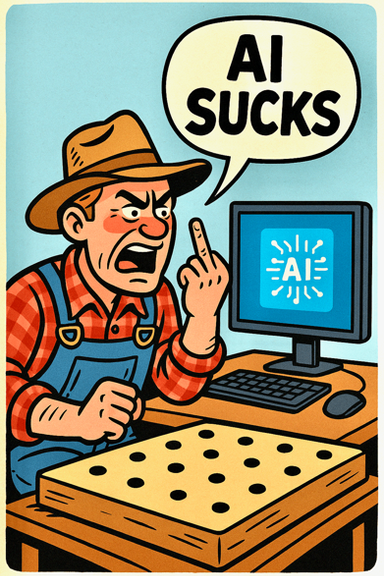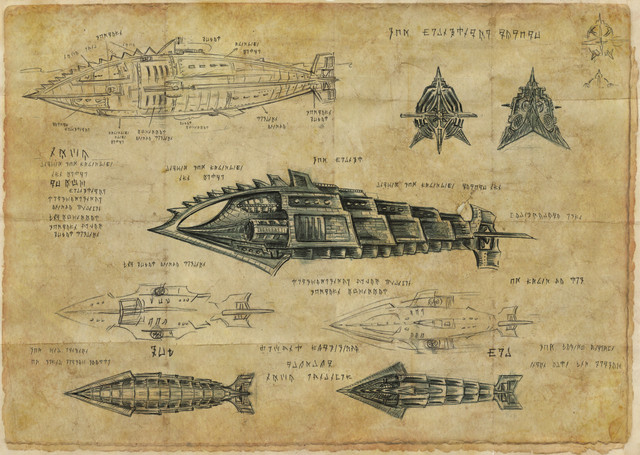HOME | DD
 Synaesthetik — Watercolor stretch tutorial
Synaesthetik — Watercolor stretch tutorial

Published: 2009-08-26 06:26:56 +0000 UTC; Views: 3893; Favourites: 28; Downloads: 180
Redirect to original
Description
Watercolor canvas stretching tutorial, as requested by ~Heroin-Wolf . Because we all hate paper that buckles and curls.There are probably several ways to do it. I did this one kind of guerrilla, this was done during remodeling of my house and everything was makeshift.
This tutorial is kind of that way too! Download to view it complete size.
Enjoy.
Related content
Comments: 7

I wonder, what if I can stretch many papers at one time? Is there anything can happen if I leave those stretched papers without getting painted on for weeks/months?
also, since I really don't mind about the paper curling(only to avoid buckling when heavy wash is applied), I tried stretching without binding the paper to a flat surface. Still buckling though, although I'm sure I've put the paper on the water long enough.
👍: 0 ⏩: 1

Sorry it took me a while to reply.
I wouldn't recommend doing several at once. You can leave it out as long as you'd like I don't think there would be any change in the paper from its stretched state.
I think it works best if you do tack it down to a flat surface. It's what keeps the paper taunt.
👍: 0 ⏩: 0

I'm quite new to this so i have a few doubts... We can remove the paper from the board after finishing the painting, right? And is this recommended for acrylics too? I use watercolor/acrylics paper and it gets all those wrinkles ):
👍: 0 ⏩: 1

Yes, you can remove it from the board after it's done. I should mention that in lieu of staples, you can use clips that not only make it easier to remove from the board and don't leave staple marks (the stapling technique is designed with having a border or an area to crop so it can be matted, and you wouldn't see the staple marks.)
For removal of the staples, I recommend using a flat metal tool (like a pallet knife) to slip under the staple and push it out. Scissors work well, you can manipulate the staple out as well. To be proactive, I would try not to get a lot of paint on the staple as it makes it harder to remove.
I don't think you should try and use water to stretch any kind of acrylic or canvas paper, since for the most part it'll be resistant. Try gesso, it's a primer. You still however will need a board and in this case I would use some kind of thumb tack as opposed to staples. When I did acrylic I used canvas large enough to stretch around and a little under the board and put the tacks in on the bottom so they wouldn't show up in the usable space.
The only acrylic type paper I've used is canvas paper by Strathmore. If you're using the paper I think you're talking about (the multi-media pad? by Canson I think?), I would try having a board just slightly bigger than the paper itself and clamp it down real good with clips and make sure it's tight, and try that.
There's also ready to go canvas board and mason board widely available and generally inexpensive if you'd like to side-step gesso and stretching your own canvas. I've used both and they both work very well, I prefer the canvas board over the mason board.
I would really recommend talking to people who have experience using that kind of paper, and also what techniques they recommend for stretching paper/canvas with acrylic in mind. I've had a little formal training in acrylics but I've focused mostly in watercolor.
I'd really like to see what you come up with, I won't be around a lot for a while, but if you can send me a link I'd like to see your results.
Good luck!
👍: 0 ⏩: 1

well i use the Filiard Renaud paper brand. it's 200g/m², has 30% of cotton and is acid-free. I like to work with really watered down acrylics so it creates a lot of wrinkles and i don't know how the gesso would react to that much water...
Oh thank you for the reply! It was really helpful... I've started working with traditional media just now so i actually don't know much besides the basics
👍: 0 ⏩: 1

200gsm paper is relatively thin for painting using a lot of water. It is fine for non-watered down painting, but I would recommend at least 250gm (300gsm is my personal preference) for more watered techniques
👍: 0 ⏩: 0
























